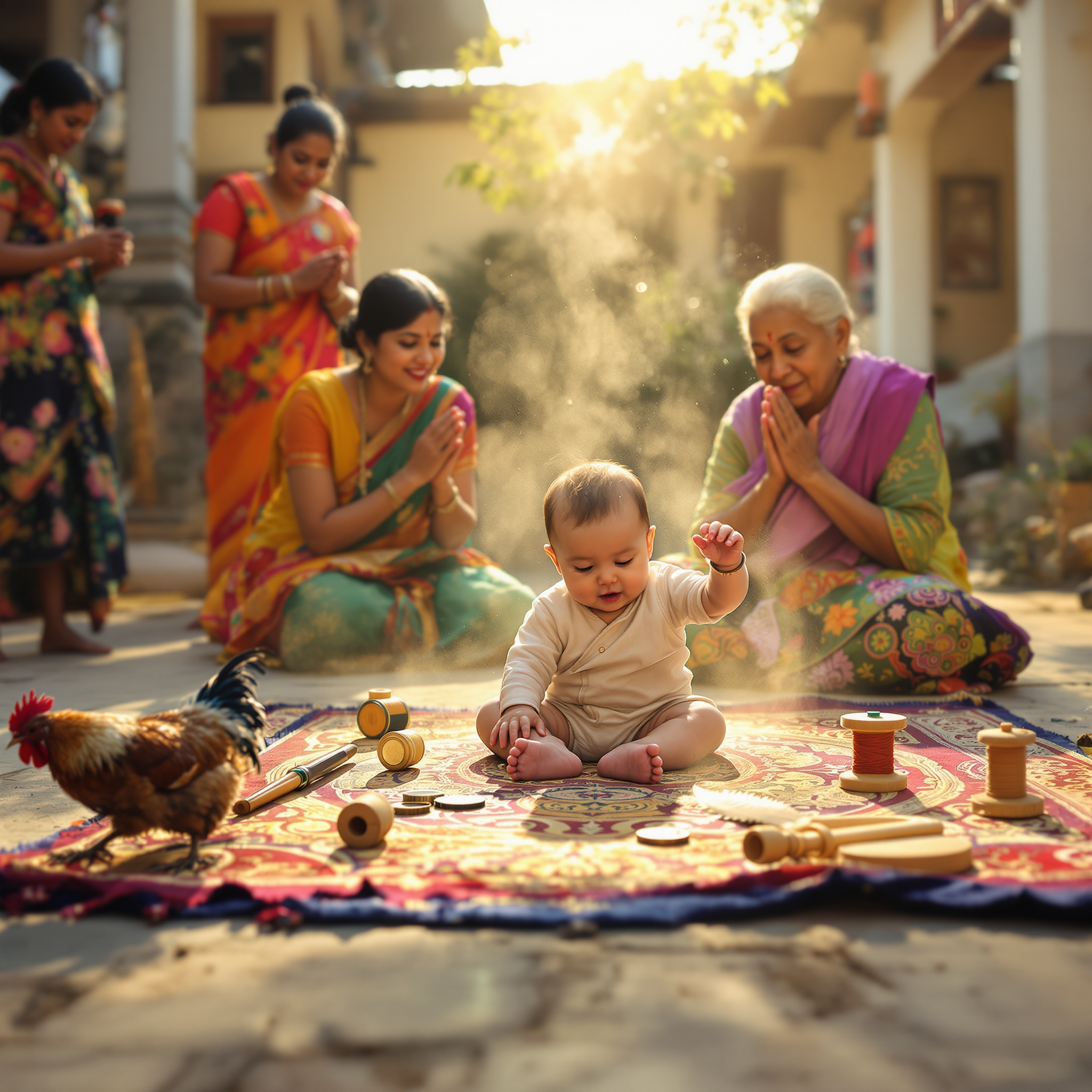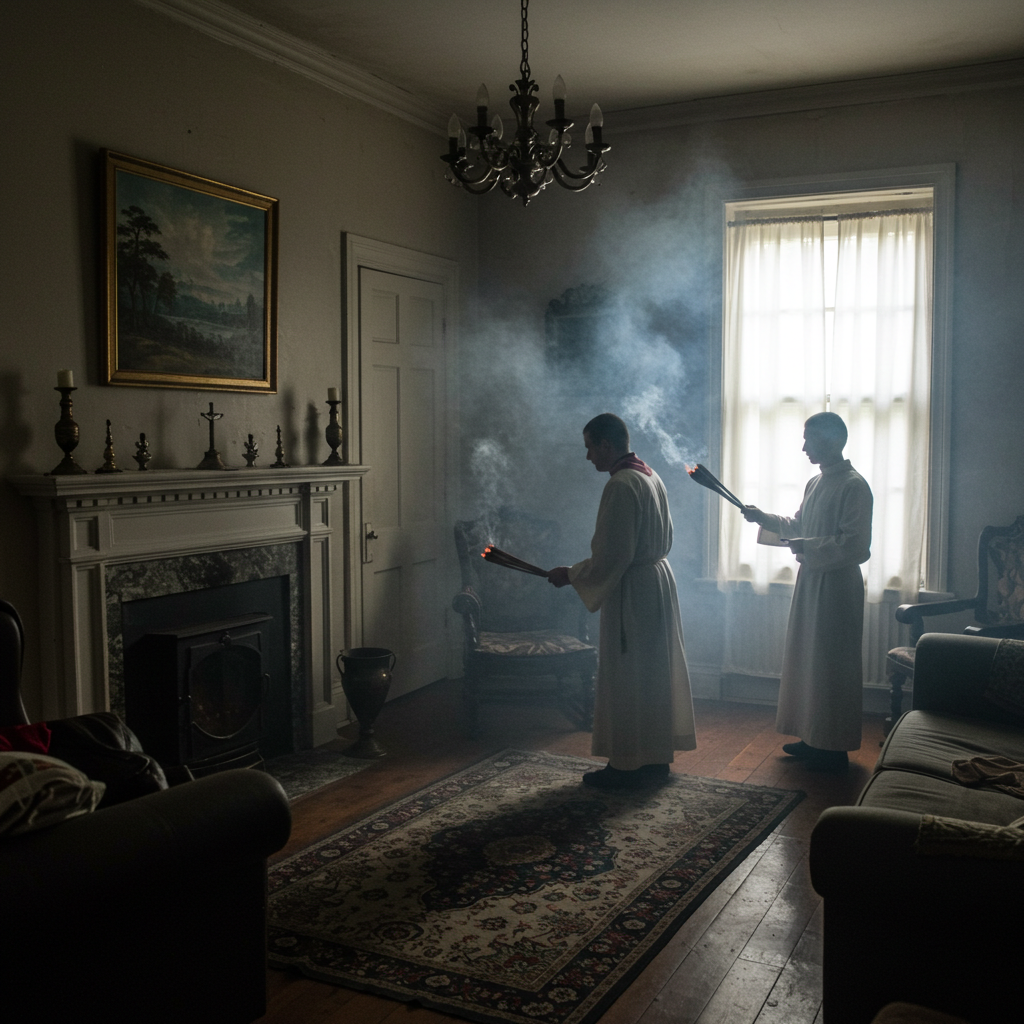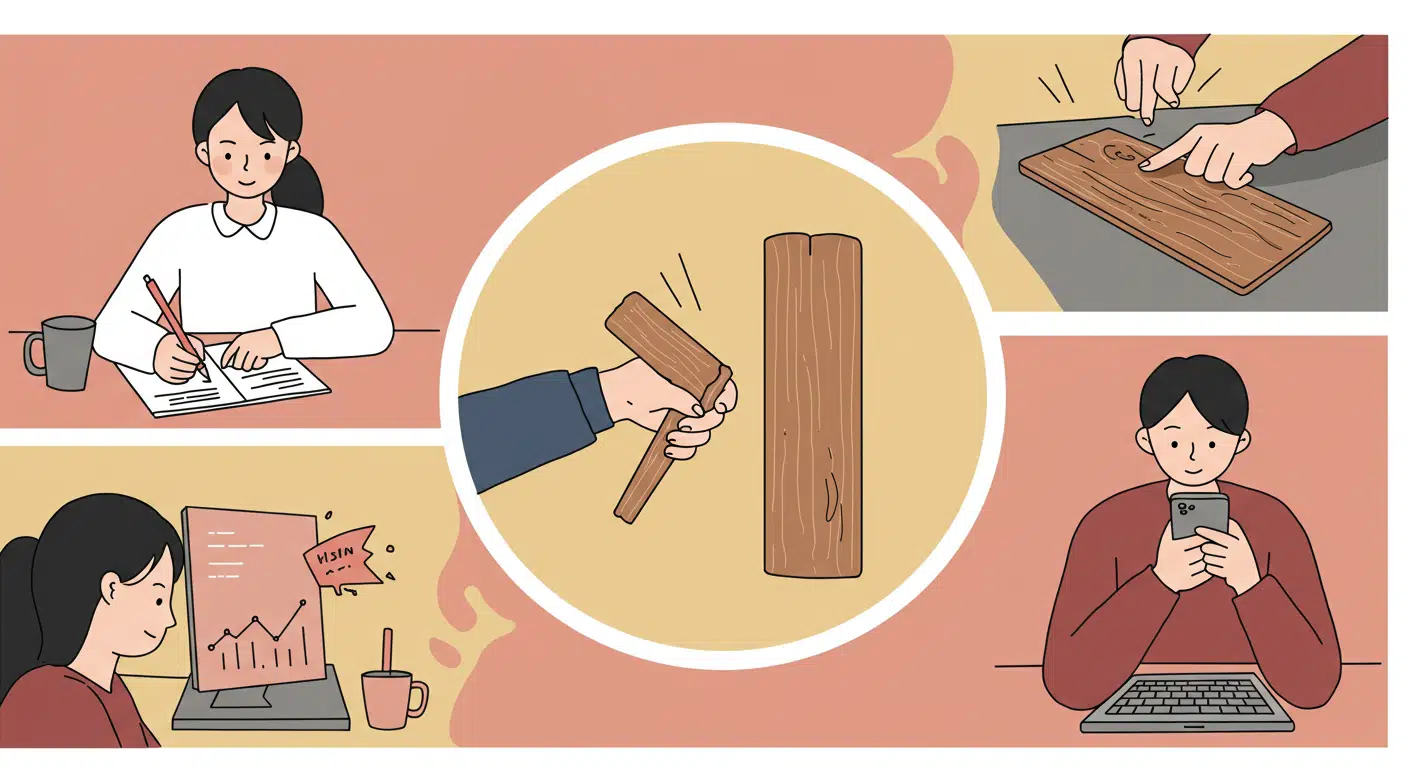According to widespread belief across multiple cultural traditions, dwellings where a death has occurred require specific purification rituals before normal habitation can safely resume. This spiritual cleansing supposedly removes death energy, prevents the deceased from lingering inappropriately, and reestablishes proper boundaries between living and dead. The purification varies widely by culture but typically incorporates multiple sensory elements: aromatic substances (incense, herbs, spices); sound (bells, chanting, music); visual elements (light, specific colors, symbolic objects); and sometimes physical cleaning with special substances. Some traditions specify different procedures based on the nature of the death, with violent or unexpected deaths requiring more intensive purification.

A baby’s future career or fate is predicted by the first object they select during a ceremonial setup.
In several Asian and Eastern European cultures, a traditional ceremony is held for babies usually around their first birthday. Known


